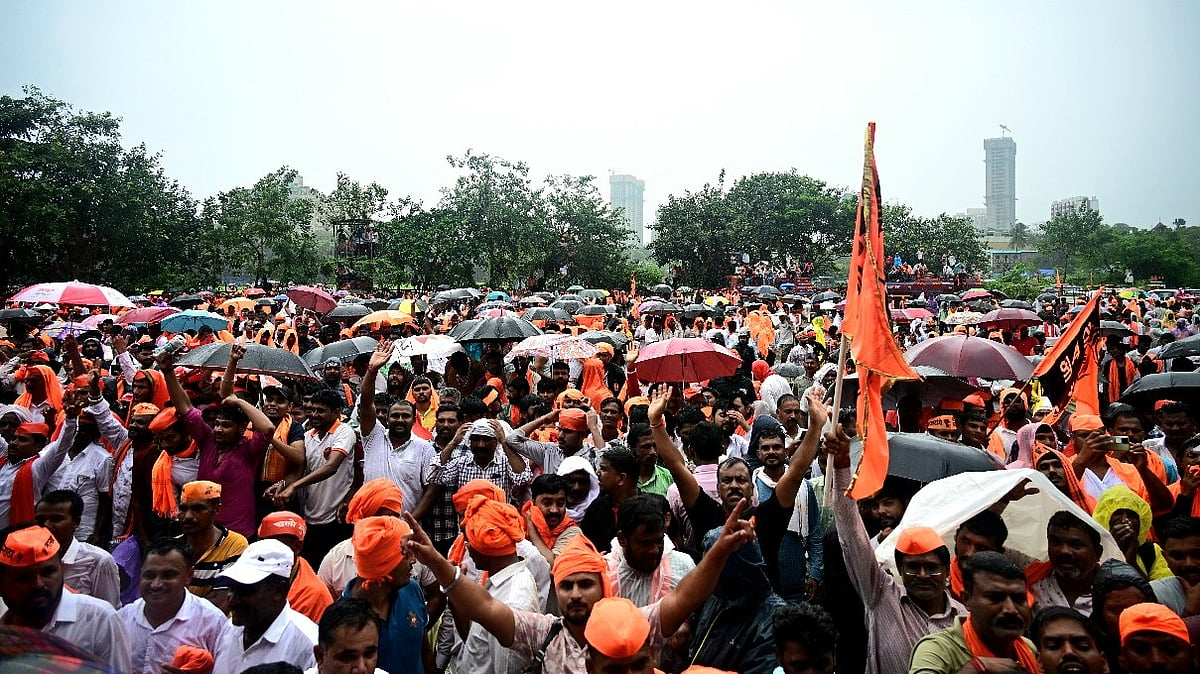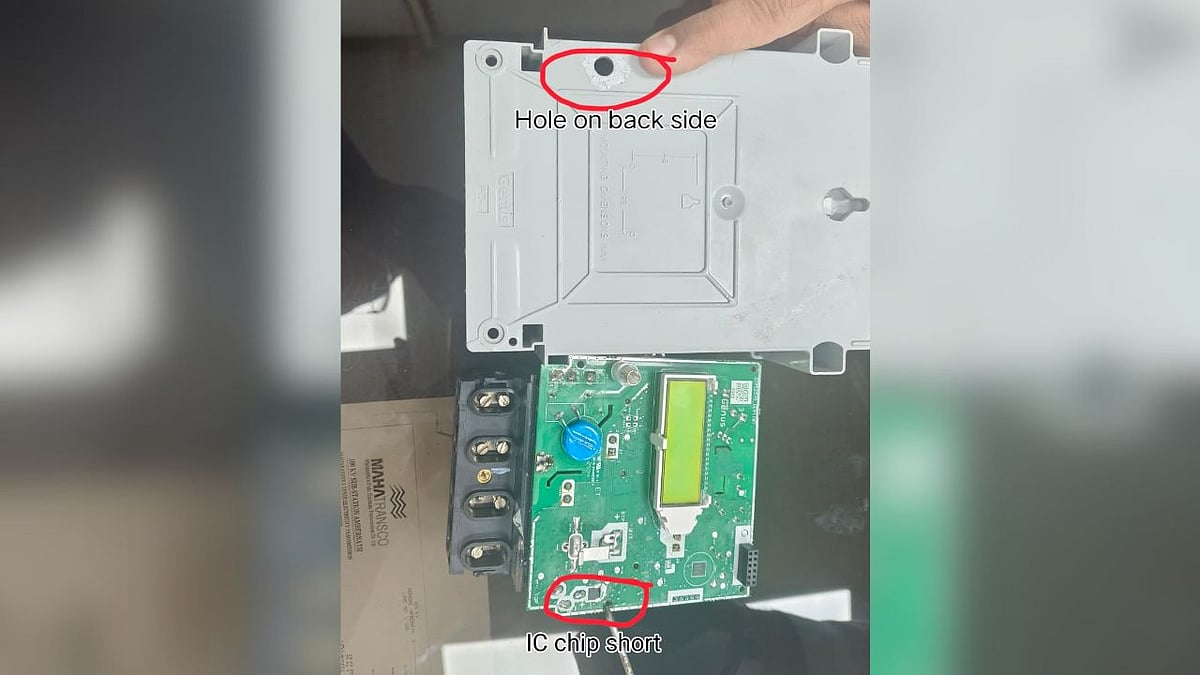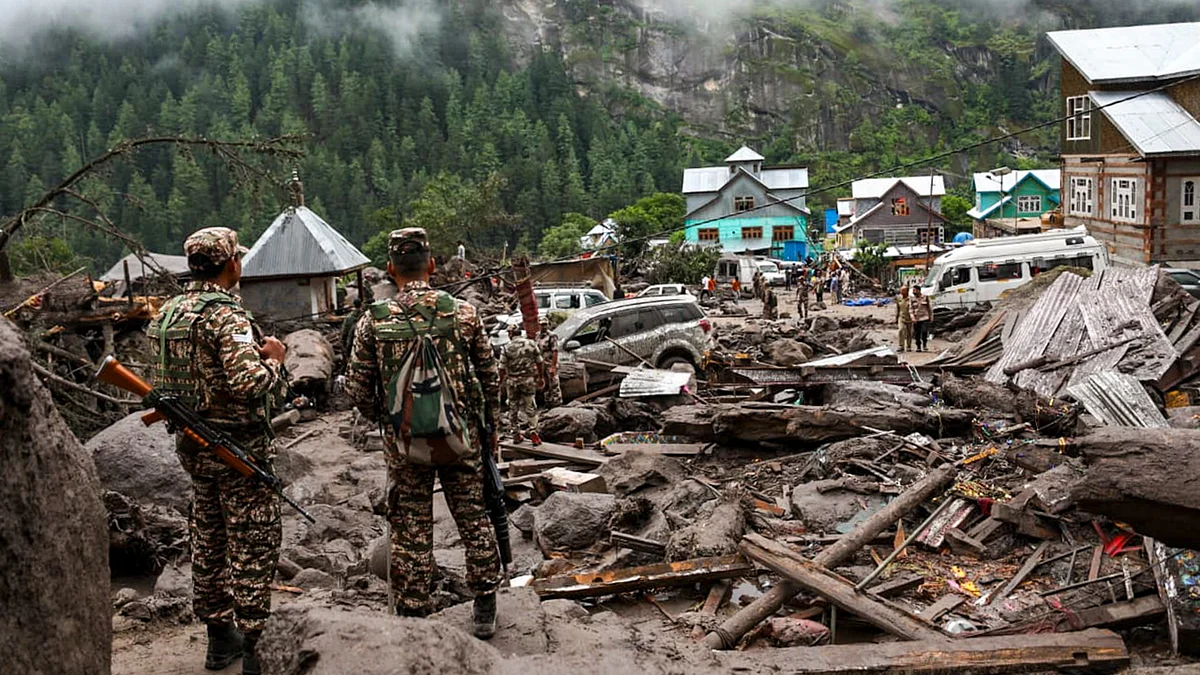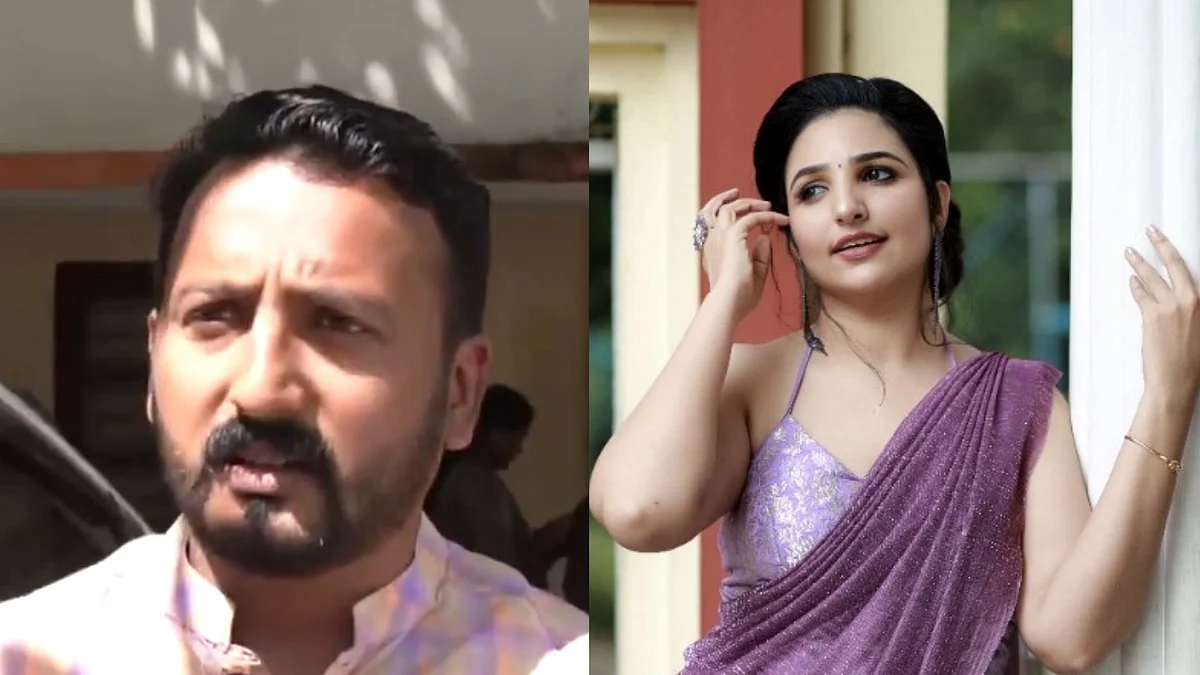In 2023, all concerned ought to direct their attention towards the Trial Courts. It is the Subordinate Judiciary which is the first point of contact. A poor litigant cannot afford to approach the higher judiciary. At best, he can approach the courts of Magistrates or Civil Judges at junior level. For a landless labourer, a small and medium farmer, a worker in a factory or a small or medium industry, carrying his case to the competent Civil or Criminal Court is a uphill task. The dispute about possession and cultivation, existence or otherwise of cart track or means of access to fields through other farms or agricultural lands, measurement and marking of boundaries is ordinarily referred to the Revenue Authorities or the Tenancy Courts. For petty offences and crimes it is the court of the Magistrate. For disputes involving easementary or civil rights and labour matters the Court of the Civil Judge, Junior Division and Labour Court are competent.
Accessing the above is difficult due to lack of proper means of transport and communication. The lack of infrastructure and other facilities in mofussil courts is a serious matter. The magistrates and civil judges are hampered by shortage of staff, absence of clean and hygenic toilets, particularly for lady judges and decent residential quarters, etc. They do not feel motivated to work. Even advocates appearing before them are paid meagre fees. A sum total of all this means no access to justice. Access to justice is altogether different from access to courts. The vacant posts of support staff are not filled up on time. The State Public Service Commissions and the State Governments do not pay enough attention and assist the subordinate court. More than a decade ago, a daily paper published an article dated October 29, 2006 aptly describing the plight of persons approaching these courts. The title of the article ‘Never-Ending Story’ by Navaz Kotwal and the first para “In our system justice is always just one more hearing away” is relevant even today. Remedy to seek Justice exhausts the litigant, witness, advocate alike. The Trial Courts test their patience.
The Trial Judges are assigned approximately 1200 to 1500 civil and criminal cases. There are only one or two judges. Lower courts are located in Interiors of a State. Visits by Senior District and High Court functionaries are rare. Their day-to-day functioning and working leaves a lot to be desired. Adjournments are granted easily. Generally, work is concentrated in the hands of few lawyers. Depending on their availability and cooperation, the daily board is finished. Even if old cases are given priority, still, the tendency is to concentrate on new paying briefs and particularly interlocutory applications.
Even if there is resistance the Central and State Governments must firmly support the litigants. It is the peasantry and workforce in remote parts of India which augment our resources. Agriculture and village industries, small scale units are the backbone of our economy. The Revenue administration, the Police and the District Judiciary ought to attend to their causes and complaints expeditiously. The interests of women, children and senior citizens must be served. Therefore, litigation at the trial court level, which has taken a back seat, should be brought to the forefront, post-Covid.
More attention should be paid, and urgently, to the District Courts and the Special Criminal Courts set up under special statutes. Courts and Tribunals are set up after consulting the High Courts. The presiding officers are appointed with their consultation. These courts are set up because of litigant pressure and demands by the elected representatives. In special cases, bail applications are hotly contested. Lengthy arguments and judgments in interim applications consume enormous judicial time. Therefore, regular criminal work is neglected or gets very little attention. Further, when matters are carried to higher courts by either side, they do not bother to report back on their outcome; consequently, the trials linger. On occasion, preliminary Issues and discharge applications result in passing a detailed order on law and facts by the trial court. When such orders are challenged in higher courts invariably and even in absence of specific orders, the trials are kept in abeyance. Public accountability means stakeholders meet frequently and take systematic review of the cases filed by the State and Central investigating agencies and the Narcotics Control Bureau. The object and purpose of the parent statute is frustrated when special cases are not disposed of for years together.
The plight of civil cases is worse. A District Judge is reluctant to list regular civil appeals because the record is bulky. A first appeal lies as of right against a final judgment and decree of the Trial Court. In such an appeal full scrutiny and appreciation of the evidence must be undertaken to arrive at a independent conclusion. This entails complete opportunity to both sides. In our adversarial system, a judge must possess sound knowledge of law and a robust common sense. Statutes such as law of contract, Transfer of Property Act, succession, rent control and arbitration etc often drain him out. In comparison, miscellaneous civil appeals (those challenging interim orders) move faster and quicker. Hence, a decree holder suffers enormously. Even execution proceedings are pending for decades together as these are seldom prioritised. Recently, to my dismay I found that a decree for possession of immovable property, passed in 1998, in a suit instituted in the year 1986, has not been enforced. This speaks volumes about our competence, calibre and commitment to justice. Most sessions judges expeditiously decide cases in which there are few witnesses and majority turn hostile. It is high time that civil and criminal cases pending at the district judiciary level are disposed of by proper case management.
The Constitutional Guarantee of Justice will be a dream if subordinate courts envisaged by Chapter VI and Articles 233 to 237, termed as the back bone of our judicial system (Punjab and Haryana High Court v/s State of Punjab (2019) 12 SCC 496), are not justice-oriented and effective.
Satyaranjan C Dharmadhikari is an advocate and retired judge, Bombay High Court










